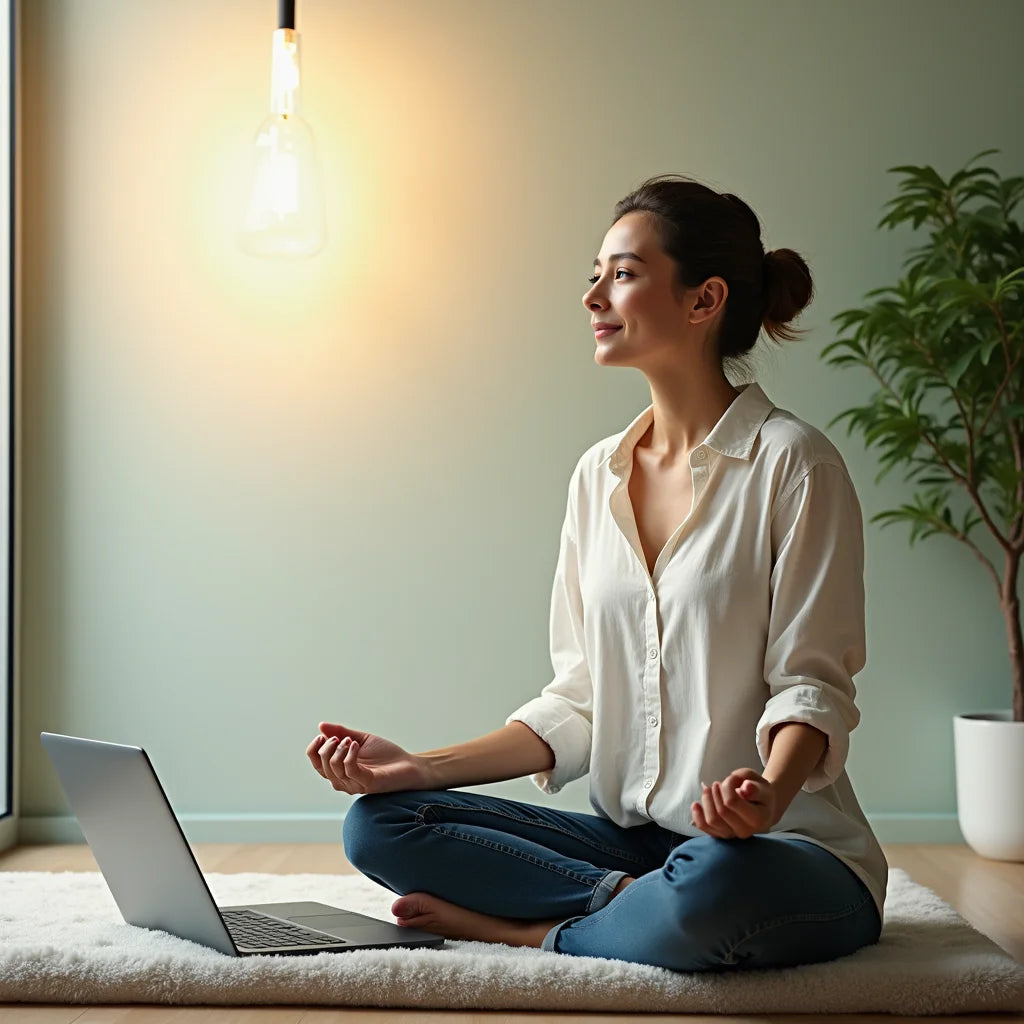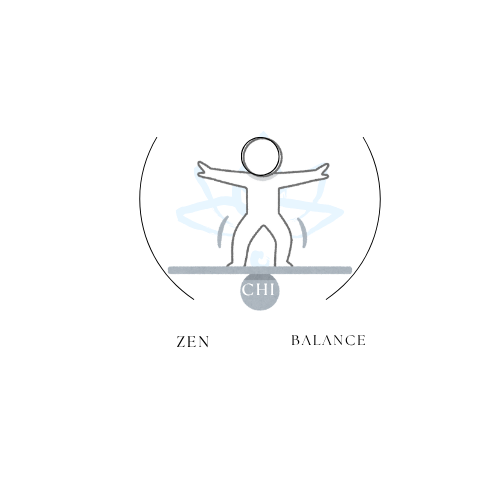
Mindfulness Myths and Facts for Everyday Presence
Share
Updated on: 2025-10-21
Mindfulness guide: table of contents
- Mindfulness basics and present-moment awareness
- What is mindfulness and how do I practice it?
- What are the benefits of mindfulness?
- How to practice mindfulness at work
- Mindfulness micro-practices during the workday
- Mindfulness for meetings and email
- Product spotlight: a mindfulness journal for gentle routine
- Did you know? mindfulness facts
- Mindfulness pros and cons analysis
- Gentle mindfulness exercises for anxiety and busy minds
- Mindfulness FAQ
Mindfulness basics and present-moment awareness
Mindfulness is a simple, kind way to relate to your experience with more ease. At its heart, mindfulness means paying attention on purpose, with curiosity and care. When we speak about mindful awareness and present-moment awareness, we are describing an ability to notice what is happening in real time—sensations, thoughts, emotions, and surroundings—without rushing to judge or fix anything. This gentle orientation can support steadiness in daily life and help you feel more connected to what matters.
Many people picture mindfulness as sitting perfectly still. You are welcome to sit if that feels supportive, yet mindfulness also fits into ordinary moments: pouring tea, feeling your feet on the ground, or taking a slow breath before a conversation. If you enjoy meditation, it can be a friendly structure that nurtures mindfulness. If you prefer movement or journaling, that also works. The heart of the practice is how you attend, not how long you sit.
What is mindfulness and how do I practice it?
Mindfulness begins with noticing. Try a brief check-in: pause, take a comfortable breath, and ask, “What is present right now?” Maybe you feel the weight of your body on the chair, the temperature of the air, or a steady rhythm of breathing. This small shift builds present-moment awareness. With regular, light-touch practice, the skill becomes more available when you need it.
If you feel unsure how to start, consider choosing a daily anchor. For some, morning tea is a cue. For others, it might be the moment you sit at your desk. Each time the cue occurs, give yourself a mindful breath or two. Some find it helpful to keep support materials nearby, such as a journal or a calming object on the desk. For more ideas and reflections you might appreciate browsing the Blog for inspiration you can adapt to your rhythm.
What are the benefits of mindfulness?
People often share that mindfulness helps them feel steadier and more present during ordinary tasks. Many also describe a kinder self-relationship, clearer focus, and a softer response to stressors. While mindfulness is not a medical treatment, many find that moments of mindful awareness gently support stress reduction by encouraging pauses, thoughtful choices, and calmer transitions between activities. Over time, these small shifts may contribute to a more grounded day.
How to practice mindfulness at work
It is possible to practice mindfulness at work without changing your schedule. Small moments are enough. The aim is not to stop your tasks but to bring steady presence to them. If you wonder how to practice mindfulness at work, consider pairing micro-practices with routines you already have: logging in, beginning a meeting, or stepping away for a short break. These tiny cues keep mindfulness accessible and respectful of your workload.
Mindfulness micro-practices during the workday
- Arrival breath: When you sit down, allow one relaxed inhale and exhale. Notice your feet on the ground. This takes a few seconds and can set a calm tone.
- Single-task minute: Choose one small task—reading a paragraph, sorting a few emails—and bring full attention to it. If your mind wanders, kindly return.
- Transition reset: Before switching tasks, look away from the screen for a moment. Notice a color in the room or feel your hands resting.
- Gentle movement: If comfortable, roll your shoulders or stretch your fingers. Observe the sensations and the natural pace of your breath.
- End-of-day reflection: Jot down three things that felt meaningful. This short ritual can encourage closure and gratitude.
Mindfulness for meetings and email
- Before a meeting: Take one calm breath. Set a simple intention, such as “I will listen carefully.”
- During the meeting: When you notice reactivity, feel your feet or your breath for a moment. Continue listening.
- After the meeting: Write a concise next step. Clear notes can reduce mental clutter.
- Email practice: Read an important message once for tone and once for details. Pause before replying. This brief gap can support clarity and reduce stress.
If you have questions about choosing a friendly routine, you are welcome to connect through the Contact page. A short message with your goals can help you find a gentle starting point that respects your schedule.
Product spotlight: a mindfulness journal for gentle routine
A simple, undated mindfulness journal can be a kind companion to your practice. It does not need to be fancy. A few thoughtful prompts are enough to encourage mindful awareness and present-moment awareness throughout your day. Consider these supportive features:
- Undated pages so you can pause and resume without pressure.
- Short prompts such as “What am I noticing right now?” and “What matters today?”
- A small section for a gratitude note or an appreciation from the day.
- Space for a single mindful intention, like “one calm breath before calls.”
How it supports meditation and stress reduction: writing even one or two lines can help steady attention and create a gentle reminder to pause. Many people enjoy keeping the journal within reach at work or on a bedside table, so it becomes a friendly cue rather than another task on a list. If you would like to explore tools that complement your practice, you can browse the All collection for options that match your style and routine.
Did you know? mindfulness facts
- Mindfulness can be practiced for less than a minute. Even a single comfortable breath counts.
- You do not have to clear your mind. The practice is noticing, not forcing silence.
- Movement can be mindful. Walking, stretching, or washing dishes can all serve as anchors.
- Words matter. Phrases like “Let me notice” or “I can return” can encourage a kinder approach.
- Journaling can reinforce present-moment awareness by making experiences visible on paper.
Mindfulness pros and cons analysis
-
Pros
- Adaptable: Fits into everyday activities at home and work.
- Accessible: No special equipment is required.
- Supportive of stress reduction: Encourages gentle pauses and thoughtful choices.
- Strengthens focus: Helps return attention to what matters in the moment.
- Kind orientation: Promotes a compassionate inner tone over harsh self-critique.
-
Cons
- Inconsistency risk: Without reminders, it is easy to forget.
- Early restlessness: The first attempts may feel fidgety or dull.
- Expectations trap: Seeking quick results can create pressure and disappointment.
- Overloading: Trying too many techniques at once may feel confusing.
A gentle way to balance these factors is to choose one or two practices you enjoy, pair them with daily cues, and allow the habit to grow steadily. If you prefer a guided approach, you may find helpful reflections and tips on the Home page as you consider your next step.
Gentle mindfulness exercises for anxiety and busy minds
When the mind feels busy or unsettled, it can be helpful to choose short, grounding practices. These mindfulness exercises for anxiety are simple and can be adjusted to your comfort:
- 5-sense scan: Name one thing you can see, hear, feel, smell, and taste. If any sense is not available, skip it. The aim is gentle noticing.
- Anchor word: Choose a supportive word such as “here” or “steady.” Breathe in and say the word silently. Breathe out and feel your feet or hands.
- Object focus: Hold a pen, a cup, or a small stone. Notice temperature, texture, and weight. Let your attention rest there for a few breaths.
- Box breath variation: Inhale, pause, exhale, pause—choose counts that feel comfortable. If counting feels stressful, simply feel the wave of your breath.
- Mindful walk: Walk at a natural pace. Notice the shift of weight from foot to foot and the environment around you.
If meditation is part of your routine, you might weave one of these practices into the first or last minute of your session. If you are new to meditation, it may be kinder to start with a single breath or a 30-second pause and build from there. The purpose is care, not perfection.
Mindfulness FAQ
How is mindfulness different from meditation?
Mindfulness is the quality of paying kind, present-moment attention. Meditation is one way to cultivate that quality through a dedicated period of practice. You can be mindful while walking, writing, or talking, even when you are not meditating. Many people combine both approaches for steady support.
What is mindfulness and how do I practice it?
Mindfulness is noticing your experience—sensations, thoughts, emotions, and surroundings—with curiosity and care. To practice, choose a simple anchor such as the breath, the feeling of your feet on the ground, or a phrase like “I am here.” Return to the anchor whenever you remember. Short, frequent moments often feel more sustainable than long sessions.
What are the benefits of mindfulness?
Commonly reported benefits include steadier attention, a gentler inner voice, and a calmer approach to everyday stress. Many people also notice clearer priorities and smoother transitions between tasks. These effects tend to grow with consistent, low-pressure practice.
How can I bring mindfulness into a busy workday?
Pair small practices with existing routines: a single breath when you sit down, a brief pause before replying to an email, or a one-minute stretch between tasks. If you forget, simply begin again at the next cue. Over time, these micro-practices can make present-moment awareness feel more natural at work.

I'm a passionate curator at Zen Chi Balance, dedicated to spreading calm, harmony, and mindful living through faith-inspired lifestyle products. I help craft meaningful experiences for our global community of mindful shoppers.
The content provided is for informational and inspirational purposes only. It is intended to encourage personal growth, mindfulness, and balance in daily life. Zen Chi Balance does not provide medical, legal, or professional advice. For specific concerns or guidance, please consult a qualified professional. Visit us at www.zenchibalance.com for more inspiration and resources.
